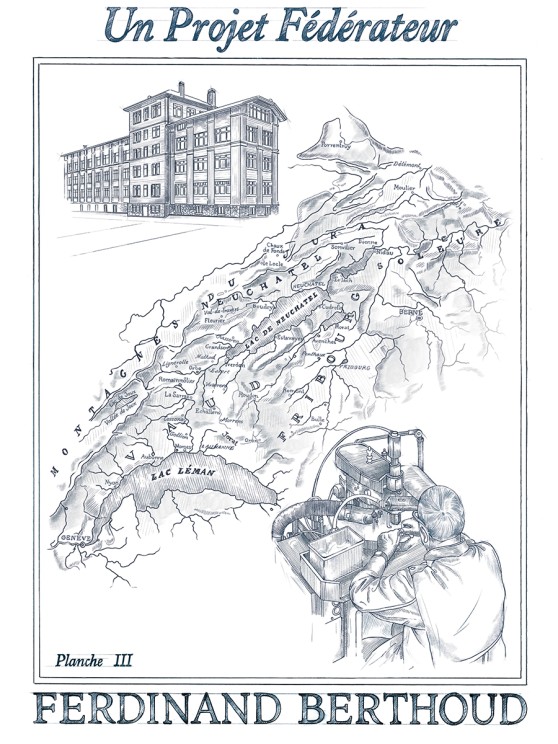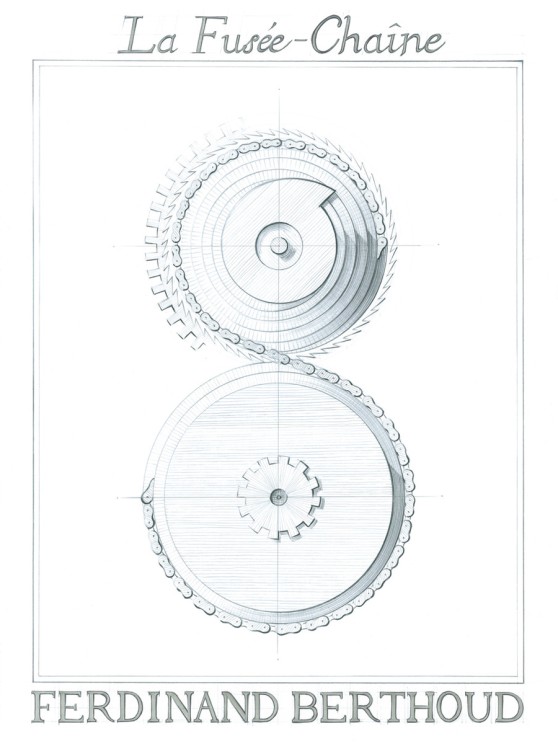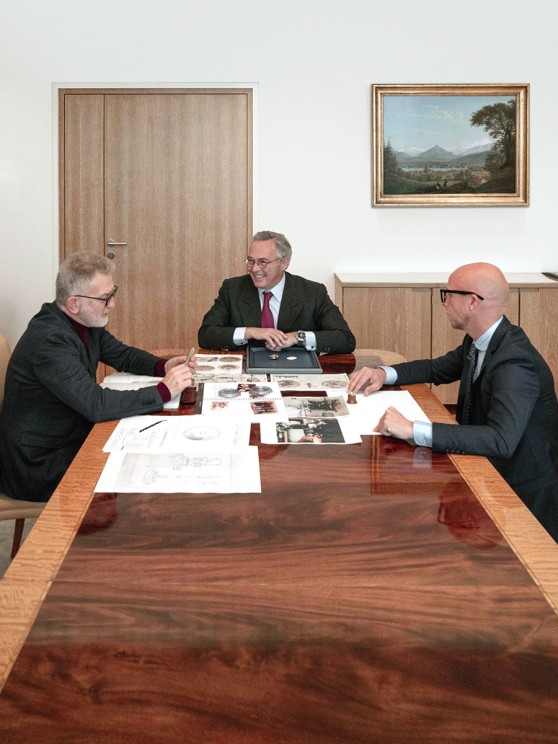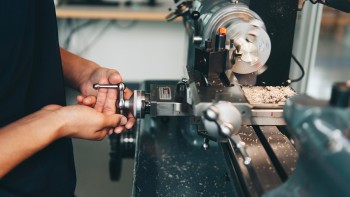Working in watchmaking requires an excellent memory – to understand, respect and honour its past and heritage. But Ferdinand Berthoud’s long memory also helps the workshop to anticipate the future. For two years, they have been offering us glimpses of what’s to come. A future written in the past? Yes, it’s a paradox. And yet, over five episodes, we’ve been treated to some hints of the forthcoming Birth of a Watch piece, the project’s third chapter.

Launch postponed
The grand reveal is now scheduled for autumn 2025, a year from now. Originally planned to debut at Watches and Wonders, the project clearly needs more time. Karl-Friedrich Scheufele, the brand’s founding father, is known to be uncompromising. He hates nothing more than talking about things before they are fully ready. How can we forget the years of mystery leading up to the debut of La Chronométrie Ferdinand Berthoud, kept under wraps until the prototype was deemed reliable? Scheufele is taking the same meticulous approach with the Birth of a Watch project: it will take as long as it takes.
100% handcrafted
The guiding principle is clear: to create, design, manufacture and finish a traditional mechanical watch entirely by hand. All digital assistance is forbidden. This has meant reviving some forgotten skills, and abandoning computers and CNC machines in favour of manual tools, mechanical devices and hand-drawn sketches.

The challenge goes beyond simply returning to the “Manufacture” designation. It’s about preserving knowledge and expertise, maintaining manual skills and, crucially, documenting them for future generations. Like many watch industry leaders with an encyclopaedic knowledge of horological history, Karl-Friedrich Scheufele knows all too well that certain skills are in decline. They no longer interest the younger generation and are gradually disappearing from watchmaking school curricula, first becoming optional before vanishing entirely.
A puzzle and some clues
While the Birth of a Watch project aims to address this decline, its final form remains a mystery. Since October 2022, we’ve been piecing together a puzzle from the snippets Ferdinand Berthoud has released, though we’re far from seeing the complete picture.

We know the piece will feature a fusée-and-chain, a transmission Ferdinand Berthoud has mastered since its first creation, the FB1, in 2015. This isn’t entirely surprising, but while the workshop is familiar with the process, executing it entirely by hand will no doubt present a challenge. The choice of this complex mechanism over simpler alternatives underscores the house’s commitment to chronometric precision.
We’ve also learned that only 11 pieces will be produced. To achieve this, the workshop has acquired some rare equipment, primarily mechanical machines dating back to the 1960s. A dedicated team has been assembled to work on them, including the Time Æon Foundation, which was involved in the project’s first two chapters. Daniel Bolognesi, head of Chopard’s watchmaking department, leads the team, which also includes Greubel Forsey, Vianney Halter and Sylvain Pinaud, supported by resources from the Geneva Watchmaking School and the MIH.

The most tangible revelation so far has been the dial. It showcases key elements of Ferdinand Berthoud’s aesthetic vocabulary: the hands, the mix of Roman and Arabic numerals and an off-centre display for minutes and hours. This suggests there could also be a large central hand dedicated solely to seconds, which aligns with Ferdinand Berthoud’s high chronometric standards.
Unanswered questions
We’re unlikely to see further revelations before the piece’s release. Many crucial details remain unknown: the case shape and diameter, materials, finishes, potential complications, the escapement and countless other variables. We can only hope that the close of 2025 will see this worthy and value-driven project finally released into the world.






